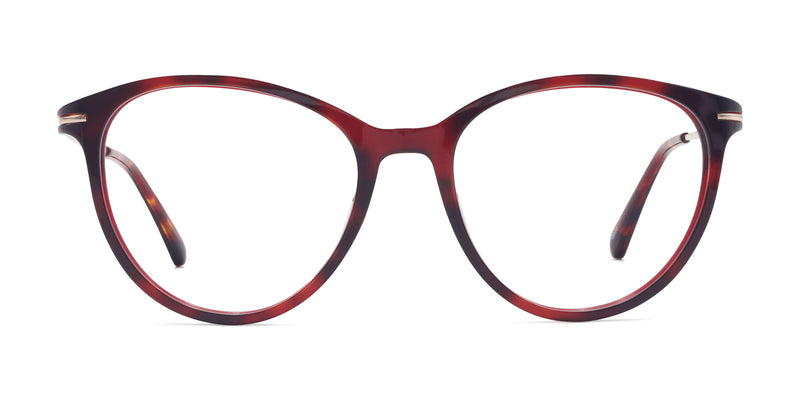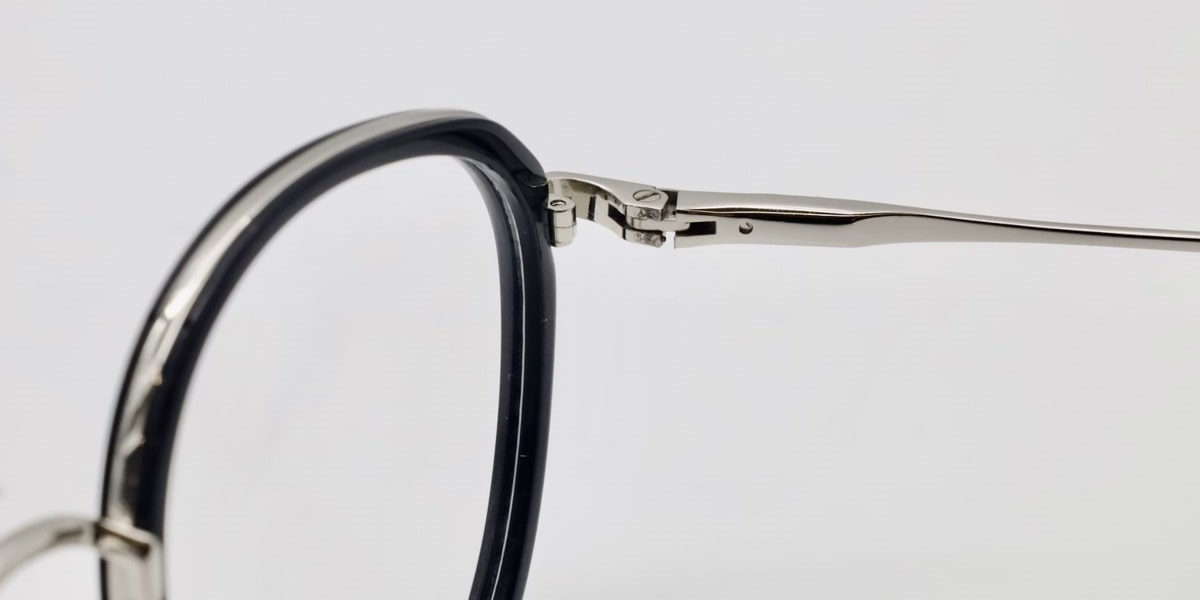How does a spring hinge work?
Spring hinges make use of a self-closing mechanism where the spring attached to the barrel enables the easy folding and unfolding of the spectacle’s arms. The process is basically just the same as how door hinges work.
The spring adjusts to the force applied when moving the eyeglasses’ arms. If the arms are opened or bent outward, the spring compresses. If they are closed or folded inward, the spring loosens. Simple!
Who are glasses with spring hinge for?
Spring hinge glasses are especially ideal for people with active lifestyles. If you’re always moving or always busy, you’re likely to have your glasses fall off, especially when they’re not rightly snugged to your face.
It’s also good news for anyone who tends to pull off their glasses abruptly or just at times when you accidentally bump into someone or something. Particularly for kids too, who are not as careful as adults and play without giving much care to the surroundings.
The above situations heighten the risk of hinges getting stretched and impaired in no time. But, with spring hinges, these problems can be minimized or avoided as they are proven to be more tenacious against tension as compared to standard ones. They tend to adjust and stand a much better chance of keeping up with your physical activity.
On top of that, people who prefer small eyeglasses or those with bigger heads may find spring hinge glasses handy. That’s because, with flexible hinges, it’s possible to extend the temples’ adjusting capacity beyond standards without the fear of them snapping off. You get to have a wider safety margin, lesser worries, and a more comfortable fit!
Pros & cons of spring hinge glasses
Thanks to the spring mechanism, spring hinge glasses can often give wearers a better fit and help your glasses sit better with the correct alignment on your face. That means the chances of you needing to have them adjusted are lower. Plus – you’re less likely to suffer any pinching of your temples.
Spring hinges also offer greater flexibility which means they have a lower chance of breaking compared to a standard set of hinges. And because it’s flexible, durability is likewise on another level. Even if impacted by force, they’re more likely to remain tough and functional vs a regular hinge joint. At Mouqy, our eyeglass frames are crafted with precision and using high-quality functional materials, down to the details.
The drawbacks? Like any other thing, through wear and tear, spring hinge glasses have breaking points. Eventually, rivets will unfasten, metals will break off, and spring will fall off or give up. When damaged, spring hinges are also not easy to repair.
What are the different hinges on eyeglasses?
Standard hinge
This is alternatively called a barrel hinge, the most common type of hinge used on eyeglasses. The hinge structure consists of metal loops (barrels) held together by a tiny screw in the middle.
Spring/flexible hinge
The focus point of this article. Eyeglass arms through the aid of spring hinges can bend beyond 90 degrees. They also keep a good fit without pinching the skin of your temples.
Hingeless
There are frames with no actual hinges. A relatively new eyewear design and maybe something you’ve never heard of yet until now but yes, they do exist. Without the joint (hinge) portion, eyeglass temples instead curve around the wearer’s head. This style is usually done with rimless glasses with highly pliant materials.
If you’d like to learn more about hinges, check out our detailed post here!















































